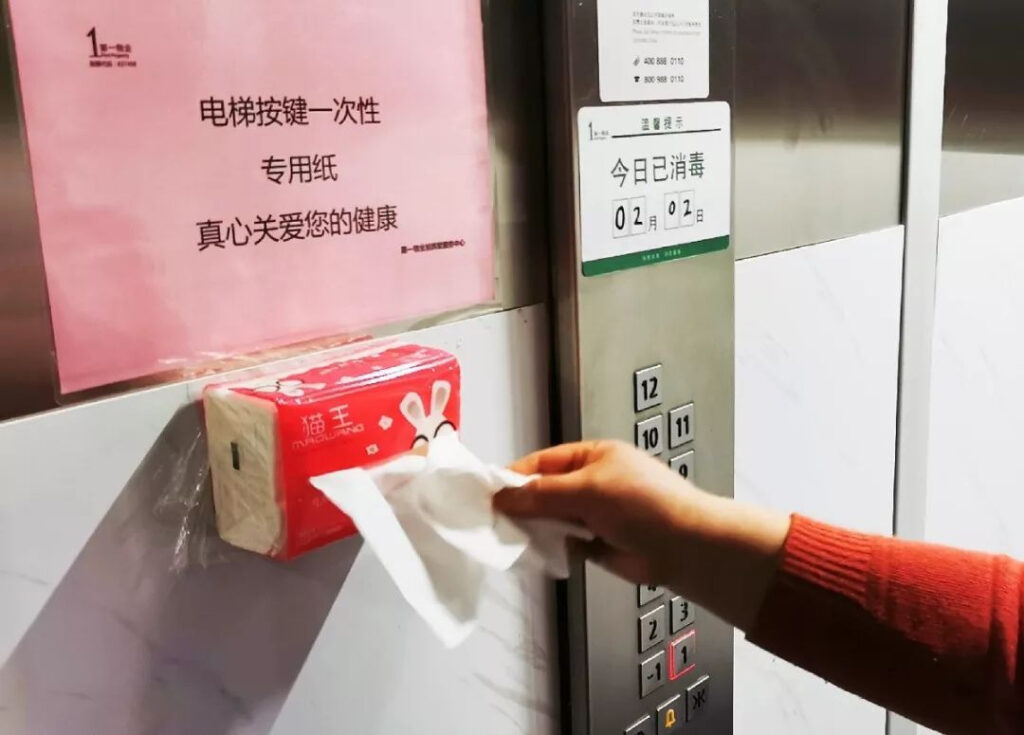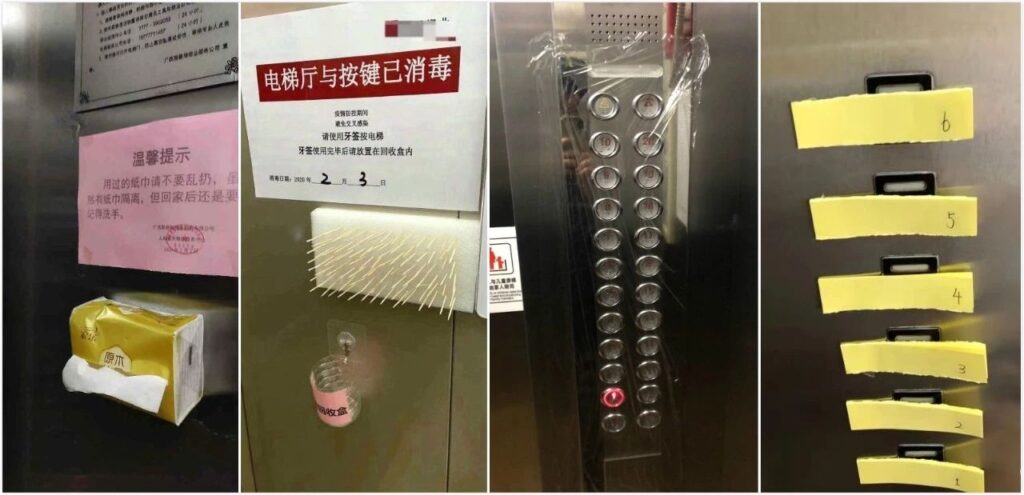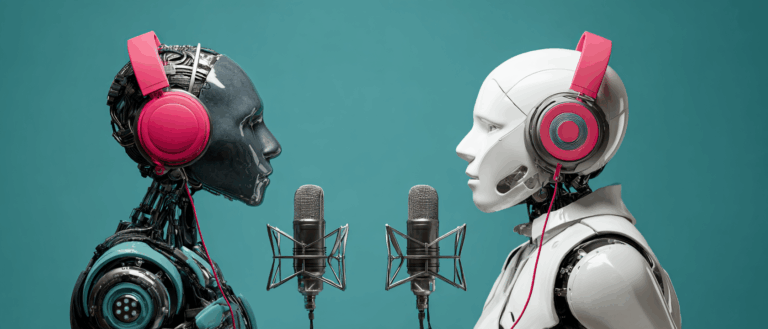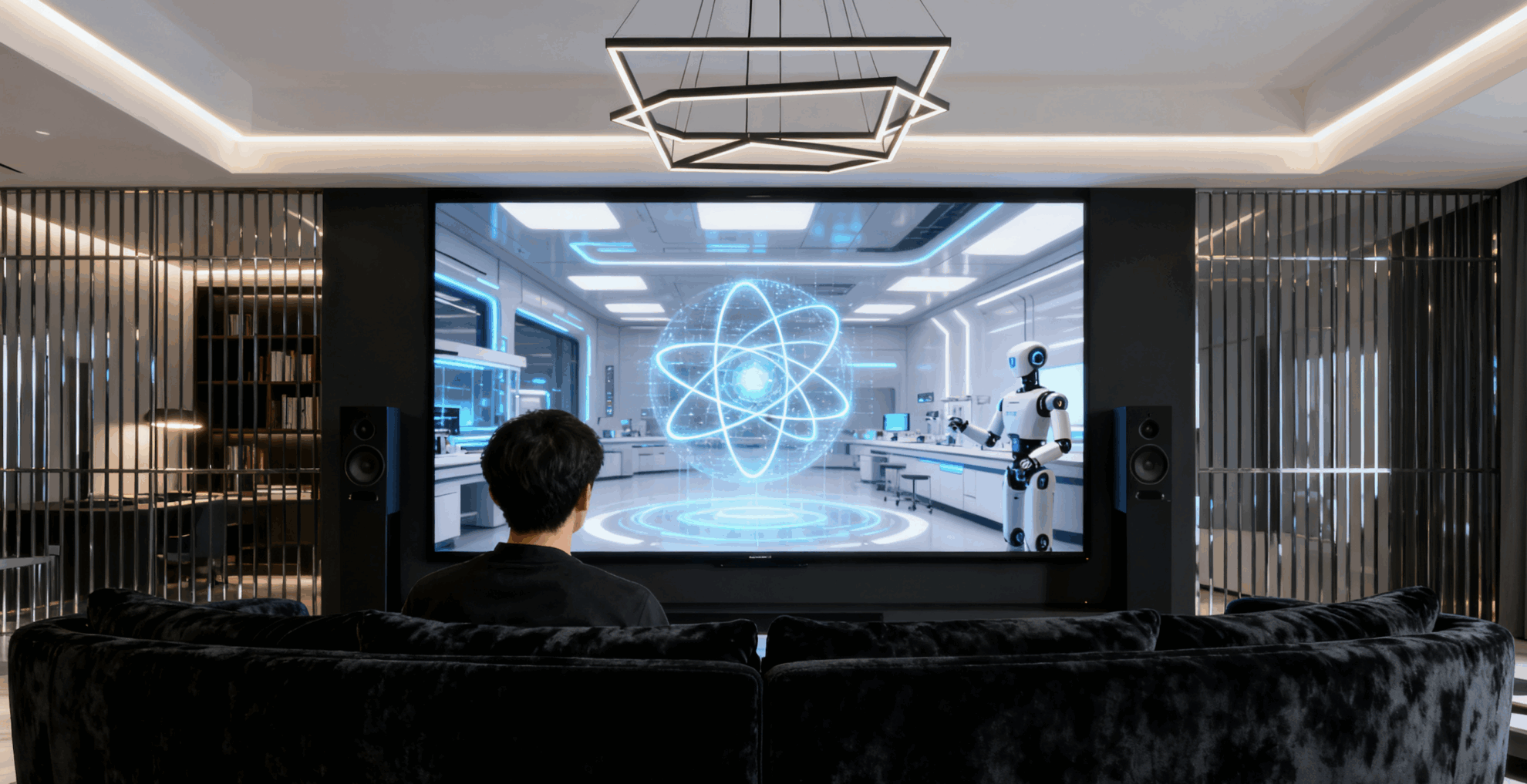Command Palette
Search for a command to run...
Are Elevator Buttons a Danger Zone? Try Voice Control

During the national fight against the epidemic, comprehensive protection is of utmost importance. Elevator buttons have a high potential risk of infection transmission because they must be used with contact. For this reason, a technology company has developed a "contactless" solution that uses voice control to complete the call and use of the elevator.
Relatively closed spaces are places where viruses can easily gather and spread. In daily life, residents inevitably go in and out of elevators. Some physical contact in elevators, such as pressing floor buttons, also creates the risk of cross-infection.
People have gone to great lengths to avoid touching the elevator buttons.

Recently, Zhang Liubo, director of the Disinfection Center of the Environmental Institute of the Chinese Center for Disease Control and Prevention, pointed out in detail the real causes of such risks and listed specific protective measures in an interview with the media.
He pointed out that elevator buttons and door handles are relatively risky because they are frequently touched, have a high chance of contamination, and have a relatively high probability of cross-infection, so it is necessary to strengthen routine protection.
Zhang Liubo then proposed three solutions: one is to appropriately increase the frequency of disinfection; the second is to separate them with items such as facial tissues and disinfectant tissues; and the third is to clean and disinfect them in time after touching them.
In addition to strengthening prevention, using some of the current mainstream technologies to achieve "contactless" intelligent control and replace elevator buttons will also be a feasible solution.
Among them, AI technology, especially voice control, is the first to stand out.
AI enables “contactless” elevator control
Recently, AISpeech, a company focusing on solving intelligent voice interaction technology, quickly launched a "contactless" offline voice module that can control the use of elevators through user voice commands.

In this method, AI technologies such as speech recognition, speech processing, and human-computer interaction are used to replace traditional buttons with voice calls, allowing users to take the elevator without direct contact, in order to avoid cross-infection of the new coronavirus or other infectious diseases.
According to a report issued by AISpeech, the offline voice module of the smart elevatorDifferent voice commands can be set according to different application scenarios, and the self-developed AI voice chip TH1520 is used for processing to feed back the information to the elevator control board.To complete voice calls and use.
The realization of this technology is due to the AI chip TH1520 they released in early 2019. The chip is suitable for terminals such as smart homes, smart terminals, cars, mobile phones, wearable devices, etc., and can realize functions such as voice processing, voice recognition, voice broadcasting, and supports offline voice interaction.
Many advantages, can be connected to a variety of elevator equipment
Based on some technologies including the TH1520 chip, the offline module launched by AISFunctions such as voice elevator calls and voice announcement reminders have been implemented in the test, and it is compatible with a variety of mainstream elevator equipment.
According to the official introduction, the elevator offline voice module has the following five characteristics:
- Strong and robust far-field recognition performance is excellent, 1-3 meters wake-up success rate>97%, speech recognition rate>95%;
- Supports customization of 100+ local command recognition, and optimizes specific algorithms for children, the elderly, and Mandarin with dialects;
- Built-in highly natural TTS, multiple timbre options, adjustable volume and speaking speed; supports deep customization of personalized TTS;
- Completely offline speech recognition, no network required, zero response delay;
- Ultra-low power consumption, <100mW in standby mode, in line with green energy and environmental protection requirements.
Module function test video:
In the results of the demonstration they released, we can see the offline voice module of the smart elevator.Able to clearly identify the user's control commands and make timely feedback and actions.
Moreover, the module has a built-in high-performance voice algorithm, integrated linear dual microphones, and is compatible with mainstream ID and MD designs, allowing for rapid docking and joint testing with major elevator manufacturers/solution providers.
Friendly link: Elevator manufacturers/solution providers, as well as those who need "contactless" human-computer interaction technology, can submit their docking requirements through the following QR code.

In addition to providing efficient preventive measures in extraordinary times, this method also has a strong humanitarian purpose: it can provide a more relaxed and convenient operation method for busy people such as children, the elderly, people with limited mobility, or deliverymen.
There is more than one way to go contactless
In fact, voice control will be an essential function in many future intelligent elevator designs.
Some time ago, KONE Elevator also launched its own smart elevator solution, mentioning the application of AI and other technologies in elevators to achieve intelligent control and interaction, one of which is voice-activated control.
Moreover, KONE's voice control module will be equipped with the mature Amazon Alexa, making it more convenient for users to use.

In their plan, the new Kone DX-class elevator will also have "virtual windows", music streaming, colorful light prompts, etc. Overall, computer vision, multiple sensor analysis and data analysis technologies will be used to create a more futuristic smart building.
These attractive ideas will all be potential directions for realizing "contactless" solutions.
For example, combining cameras and multiple sensors, using image recognition and intelligent algorithms, or adding gesture or posture analysis control modes can help elevators enter the "touchless" operation mode more quickly and provide more comprehensive technical support for its safe operation.
Using AI to help fight the epidemic
As research continues, people's understanding of the new coronavirus is constantly being refined and deepened, and corresponding prevention and protection measures have also been updated and upgraded.
Among them, the help that AI technology can bring is also being discovered and expanded by more technical people.
Using such technical solutions to make some efforts to protect and prevent the epidemic should be something that every technical person should feel gratified and work hard for.









